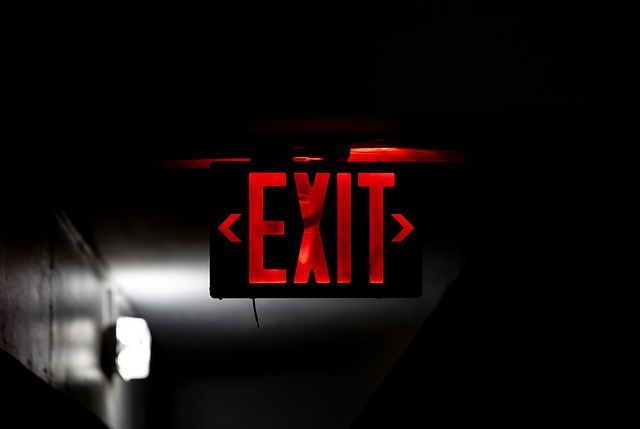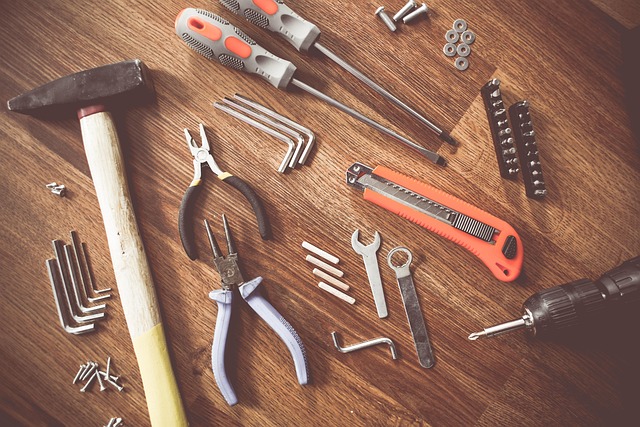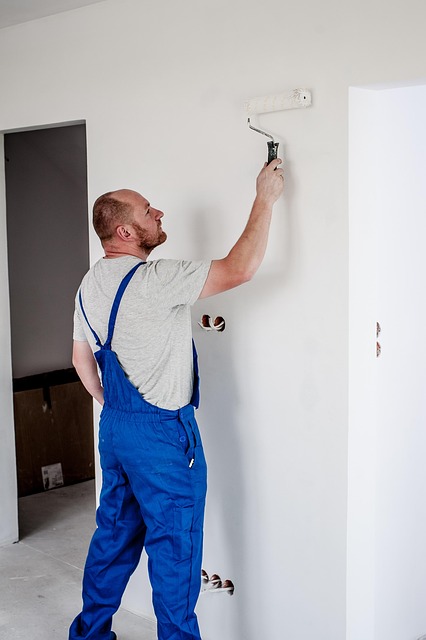If your heater isn't working, check power supply and circuit breakers first. Perform quick checks on thermostat settings and battery levels. Inspect heater for damage and ensure all components are functional. Regularly clean or replace air filters to prevent heater issues. Schedule annual maintenance with an HVAC technician. Contact emergency heating repair services for prompt, professional assistance.
Struggling with a heater that won’t turn on? This comprehensive guide offers step-by-step solutions to get your warmth back. From checking power supplies and circuit breakers to inspecting air filters and maintaining your heating system, these easy fixes could have your home toasty again. If issues persist, don’t hesitate to call professional emergency heating repair services for prompt assistance.
- Check Power Supply and Circuit Breakers
- Verify Thermostat Settings and Battery
- Inspect Heater for Damage or Malfunction
- Clean or Replace Air Filters
- Ensure Proper Heating System Maintenance
- Call Professional Emergency Heating Repair Services
Check Power Supply and Circuit Breakers

If your heater isn’t turning on, one of the first places to look is your home’s power supply and circuit breakers. It’s a common issue that can be easily overlooked, yet it’s often the root cause of many heating problems. Start by inspecting your circuit breaker box to ensure no tripped switches. A tripped breaker indicates an overload or short circuit, which could prevent your heater from powering on. Resetting the breaker may resolve the problem if it’s a simple electrical glitch. However, if you frequently experience tripped breakers or have doubts about your home’s wiring, it’s best to contact a professional for emergency heating repair and avoid any DIY attempts at this stage, especially when dealing with complex electrical systems.
When to consider DIY heater repairs versus when to call a technician depends on the issue. Simple checks like these are often safe to attempt yourself. But if the problem persists or you notice any signs of damage, it’s time to consider when should you call a heater technician. Resolving baseboard heater issues can range from simple fixes to complex repair needs. Calling in an expert ensures accurate diagnosis and effective solutions, especially for more modern heating systems.
Verify Thermostat Settings and Battery

Before assuming there’s an issue with your heater, it’s crucial to double-check some fundamental settings and components, especially if you’re facing an emergency heating repair. Start by verifying the thermostat settings; ensure it’s set to “Heat” mode and the temperature is higher than the current room temperature. A dead or weak battery in the thermostat can also prevent the heater from turning on, so check the battery level and replace it if necessary.
In many cases, identifying the problem as a simple misconfiguration or faulty battery can save time and money. If you’re still experiencing issues after these initial checks, move on to more advanced troubleshooting techniques, keeping in mind the critical factors in heater repair: electrical connections, heating elements, and ventilation systems. Fast heating system troubleshooting methods can often help pinpoint the issue quickly, ensuring your home stays comfortable during cold weather.
Inspect Heater for Damage or Malfunction

Before assuming your heater is broken, it’s crucial to conduct a thorough inspection for any signs of damage or malfunction. Start by checking the heater’s exterior for visible damages such as dents, cracks, or leaks. Even minor issues can disrupt the heating process and prevent the unit from turning on. Next, verify that all control panels, thermostats, and power sources are functional and securely connected. A simple reset might be all that’s needed if there’s a faulty connection causing an intermittent problem.
If you notice any unusual noises, strong smells, or lack of warmth despite the thermostat settings, these could indicate more serious problems requiring professional attention. For commercial heating system fixes or residential heater emergency repairs, it’s often best to leave the diagnosis and repairs to experts who can quickly identify complex issues like malfunctioning heating elements, faulty wiring, or blocked vents—problems that doing-it-yourself (DIY) heater repairs might not address effectively, especially in critical situations where prompt action is needed for continued comfort and safety.
Clean or Replace Air Filters

One common issue that can prevent your heater from turning on is a dirty or clogged air filter. Over time, dust, dirt, and other debris can accumulate, restricting airflow and hindering the heating process. To resolve this, regularly check and clean or replace your air filters as per the manufacturer’s recommendations. This simple maintenance task can significantly improve your heater’s efficiency and ensure smooth operation during emergency heating repair situations.
If your air filters have seen better days or if cleaning them isn’t an option, consider replacing them with new ones. Not only will this fix a faulty electric heater but it will also prolong the life of your heating system. Keep in mind that signs of a failing heater may include persistent issues starting the unit, reduced heating performance, and unusual noises. In such cases, when should you call a heater technician? Look out for these red flags and act promptly to avoid further complications.
Ensure Proper Heating System Maintenance

Regular maintenance is key to keeping your heating system running smoothly. Schedule annual check-ups with a professional HVAC technician to ensure all components are in good working order. During these visits, they can clean or replace filters, inspect for leaks, and adjust thermostats for optimal efficiency. This proactive approach not only prevents unexpected breakdowns but also saves on energy costs.
If you notice any signs of trouble, like unusual noises, inadequate heating, or persistent issues, don’t delay. Addressing problems early, even those that might seem minor, can prevent more serious and costly emergency heating repairs. For instance, a simple fix like cleaning a dirty burner or replacing a faulty part can keep your system running effectively instead of requiring a complete boiler repair or gas furnace repair tips. Remember, when to DIY heater repairs depends on your comfort level and the complexity of the issue; for most problems, seeking professional assistance is advisable.
Call Professional Emergency Heating Repair Services

If your heater isn’t turning on and you’re facing a chilly home, don’t wait for the problem to worsen. Call professional emergency heating repair services for prompt and reliable solutions. Many reputable companies offer 24/7 heating repair, ensuring that you receive immediate assistance when an issue arises. These experts are trained to handle various heater problems, from baseboard heater issues to more complex systems, so you can trust them to resolve the issue swiftly.
A same-day heating service call is a common option for busy households or those with critical needs. By reaching out to a trustworthy heating repair company, you gain access to skilled technicians who understand the urgency of keeping your home warm during unexpected breakdowns. They’ll arrive equipped with the necessary tools and parts to get your heater up and running again in no time, ensuring comfort and safety throughout the colder months.
If your heater isn’t turning on, don’t panic. By systematically checking the power supply, thermostat settings, and air filters, you can often identify and resolve the issue. If these steps don’t work, it’s crucial to know when to call in professional emergency heating repair services for a thorough inspection and fix. Regular maintenance and prompt action can ensure your heating system operates smoothly during cold weather.
